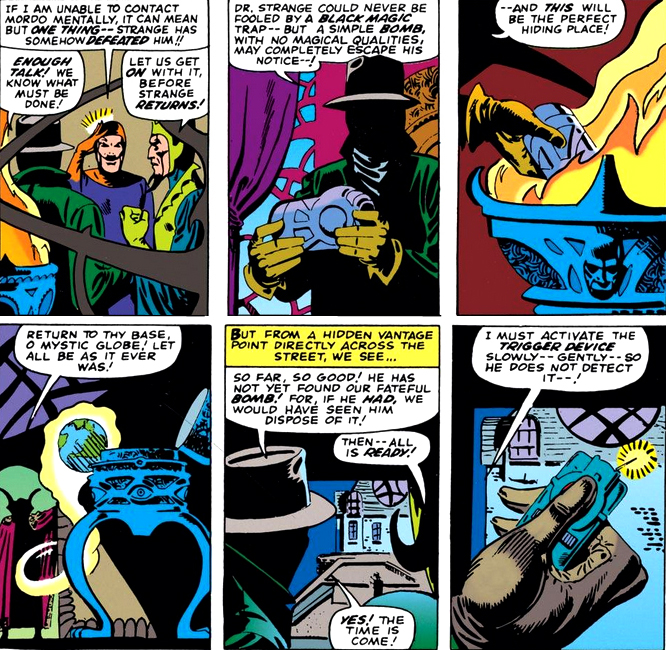In 1974, Marvel's House of Ideas was brimming with them. The company's fan magazine, FOOM, remained a hit, reaching 25,000 members; the first issue of Spidey Super-Stories went on sale; Stan Lee would announce the publication of The Origin of Marvel Comics (a working title which would be tightened up to Origins of Marvel Comics), as well as the release of the first Marvel Superhero Calendar (another working title, becoming The Mighty Marvel Calendar); and perhaps most notably, its ambitious Giant-Size line of books launched, which supplemented a number of regular monthly titles on the stands but with a higher page count and, it goes without saying, a higher price tag.
The Giant-Size books have already received their due in a separate PPC post; but in thumbing through my copy of Giant-Size Fantastic Four #2 recently, I was reminded of how the company's handling of these books see-sawed throughout their production, with ideas being tossed into the air like confetti but lacking in execution, as typified by a full-page notice/advertisement by Editor Roy Thomas:
Unless they saw a very limited release that never hit my town, the SUPER-GIANT 100-page books never saw print (that I know of). Neither did the title which Thomas previewed following his announcement:
Personally I thought a book named Giant-Size Super-Teams had "winner" written all over it, since it would have at least four teams to rotate in addition to having the option to preview a new team idea should anyone come up with one. (Though the ad appears to imply that the new book would exclusively feature the Defenders, instead.) But all of these fruits died on the vine, as did, eventually, the entire line, engulfed by reprinted material when fresh new stories could no longer be supplied.
The second issue of Giant-Size Fantastic Four was already signalling the title's future fate--its "68 Big Pages" amounting to less than half that amount with original material, while ads and a reprint FF story were used to fill the page count. Still, there is the Fantastic Four (with Medusa instead of the Invisible Girl); and there's writer Gerry Conway with artists John Buscema and Chic Stone; and there's the Watcher; and there's time travel; and there's Willie Lumpkin; and there's a brand new foe to contend with.
Though we're not talking about just gangsters giving the FF a hard time.


































